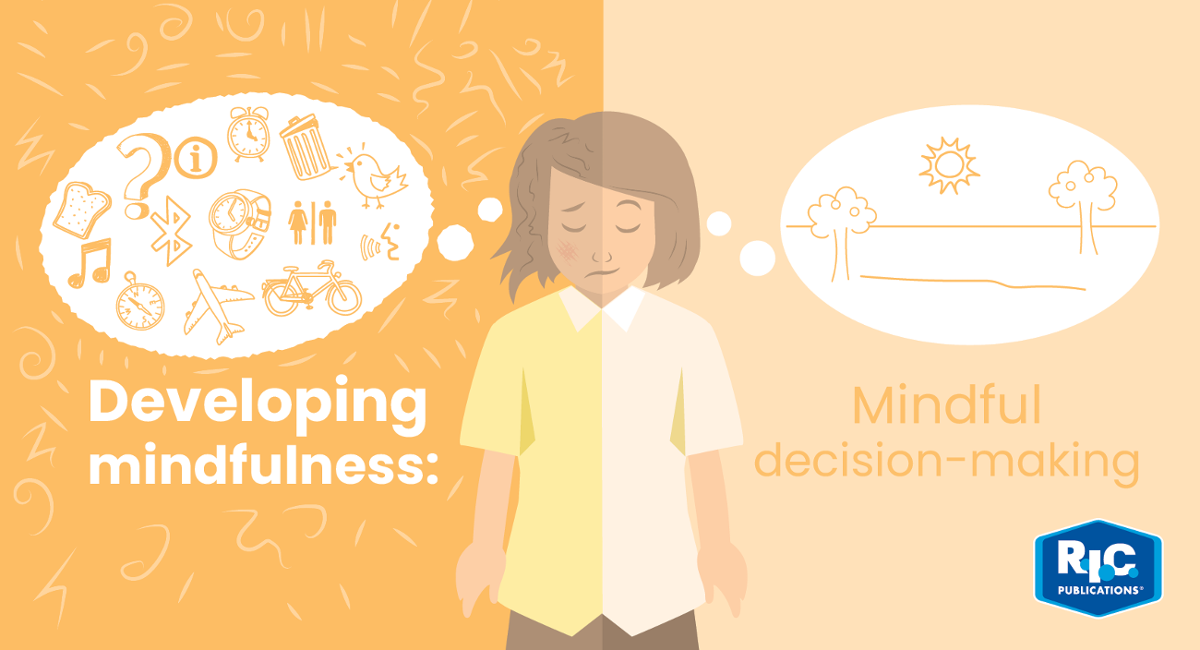- Tuesday 02 April 2019
- 0 Comments
Now that we’ve identified some fundamental components to becoming mindful, it’s time to look at how you can use mindfulness to make better decisions in your daily life. This week we look at how you can harness the power of your mind to pause, reflect and listen to your inner wisdom, so you can make clear and informed decisions calmly, responsibly and respectfully.
Let’s look at a scenario in which people often struggle to make a clear decision—an emergency situation.
‘You are swimming at the beach when a big wave comes along and takes you by surprise. It pushes you under the water and you start to tumble, not knowing which way is up. You open your eyes to look but the saltwater stings your eyes. You start thinking thoughts like "I need air!", "Which way is up?" and "Am I going to drown?" At the same time, your body is giving off warning signs that reinforce your thoughts that you are unsafe/scared/anxious. Time seems to slow down and you feel like you’ve been underwater for over five minutes ... even though it has only been a few seconds. You start to panic, thinking you will never be able to find your way to the surface ...’
In a situation like this your ‘gut instinct’ might tell you to panic; however, by taking a brief moment to pause, ‘be present’, assess the situation and calm your racing mind, you will be better able to make an informed decision about how to proceed. Just remember that sometimes when we pause in a situation that is stressful, it can feel like it’s been a long time in our mind when really it has only been a few seconds. If this happens to you, it can be helpful to count so you know how long it’s been.
In stressful situations, like teaching, replace the initial negative thoughts that come to mind with positive thoughts by reminding yourself of your abilities and previous experiences that may help with a solution to the predicament that you are in and the importance of the resolving the situation.
If you have trouble calming your racing mind during stressful situations, read back through the mindfulness series for tips on ‘being present’, mindful breathing and mindful listening.
